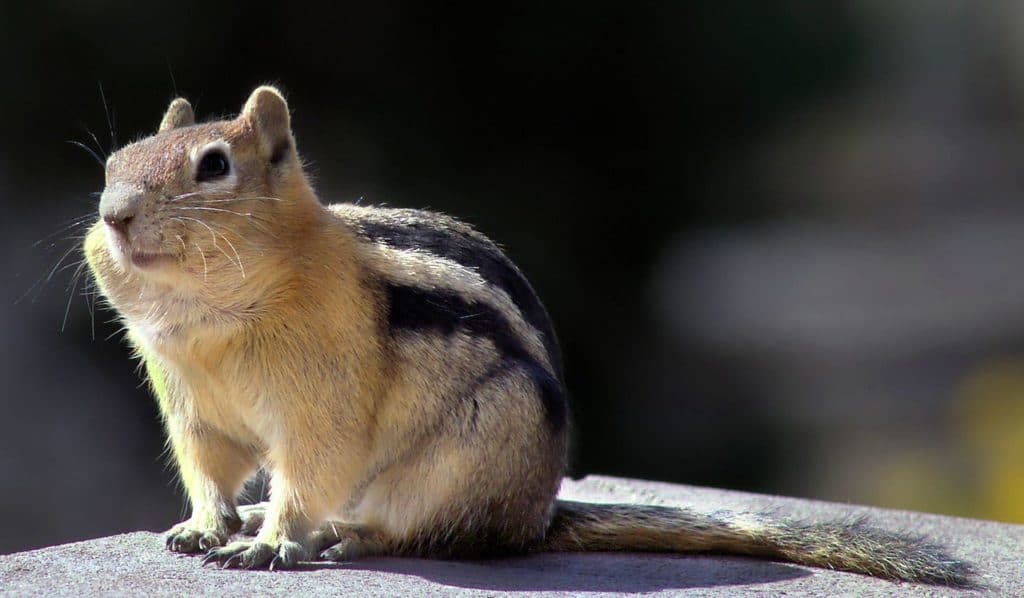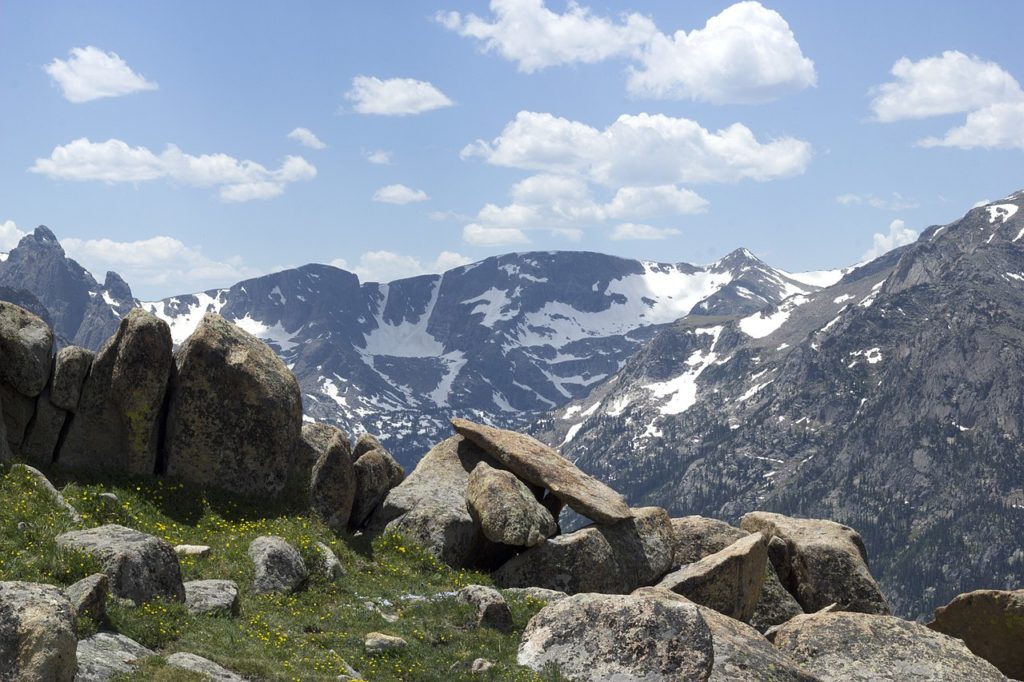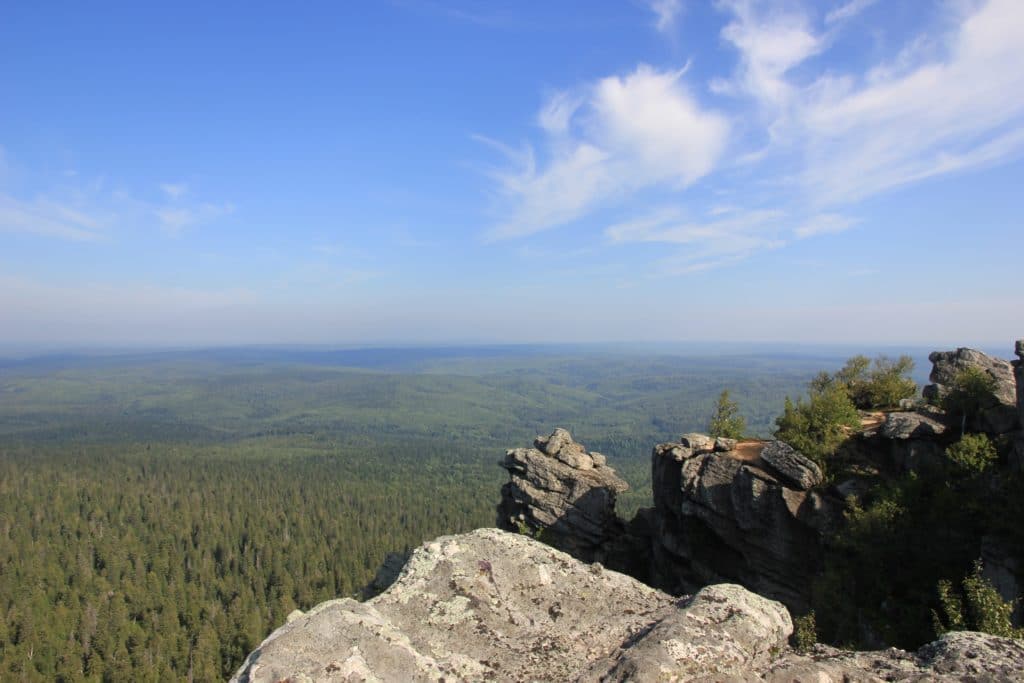An adorable golden-mantled ground squirrel that lives in the Rockies can be seen with its pudgy cheeks full of nuts. This photograph is an adorable image that’s shared all over Instagram, but what the internet doesn’t see is how this mammal among others is starting to climb higher.
Global warming has impacted the natural habitat of many animals, including the ground squirrel in the Rockies. This adorable mammal has found itself slowly migrating up further into the Rockies to avoid the hot temperatures down below.

This study has been ongoing for 13 years and the ecologist that’s been part of this study is rather concerned. The mammals that live at the lower levels in the Rockies play a key role in the ecosystem, but if they start moving up then what happens to the role they play in the natural life of wildlife in the Rockies?
This question has created much concern among those who watch animal migration and rising global temperatures. This particular squirrel is often confused for a chipmunk due to its pudgy cheeks and unique color pattern, is now seen moving uphill and it’s very alarming!

Not only is the golden-mantled ground squirrel jumping ship to move uphill, but about 46 other mammals have been seen doing the same thing. The range of where these mammals typically live has shifted upward about 400 feet since they first started tracking the mammals in 1980. The golden-mantled ground squirrel has been shown to migrate around 1,100 feet upward, with much larger movement than the other mammals in the Rockies.
The problem with these mammals moving upwards as the region gets too warm is that eventually, they will have nowhere to go other than to leave the state of Colorado altogether. While most of the mammals that are migrating higher up into the Rockies aren’t animals that tourists typically come to see, they do play a key role in the state’s ecosystem.
The changes are very noticeable to those who spend their time in the Rockies. Just the difference in what type of birds can be seen lower versus at higher elevations has changed drastically. The average person may not realize the impact, but this changes the entire system in what mammals will stay in Colorado and which ones will migrate outside of the state to get away from the warming conditions.

A group of ecologists went and spent time up in the Rockies to truly witness and document what was going on in the mountains. This was a difficult task as some days they were soaking wet and other days they were sweating, but they had to do this to truly determine what’s happening up in the Rockies. This process started in 2008 and the team noted their findings to compare with data from the 1880s.
The results of their in-depth comparison over the years showed that there’s been a huge response to climate change in this region. Most of the mammals and forests started shifting upward to get into cooler climates where they could thrive and grow. Eventually, there won’t be any further upward they can go, thus causing alarm that Colorado will one day not have the Rockies as we know them today.
This alarming story will be continued to update as time goes on and ecologists find new ideas to help offset this migration of animals and plant life, but for now, it’s certainly worth considering what global warming is doing to the beautiful Rockies region.
